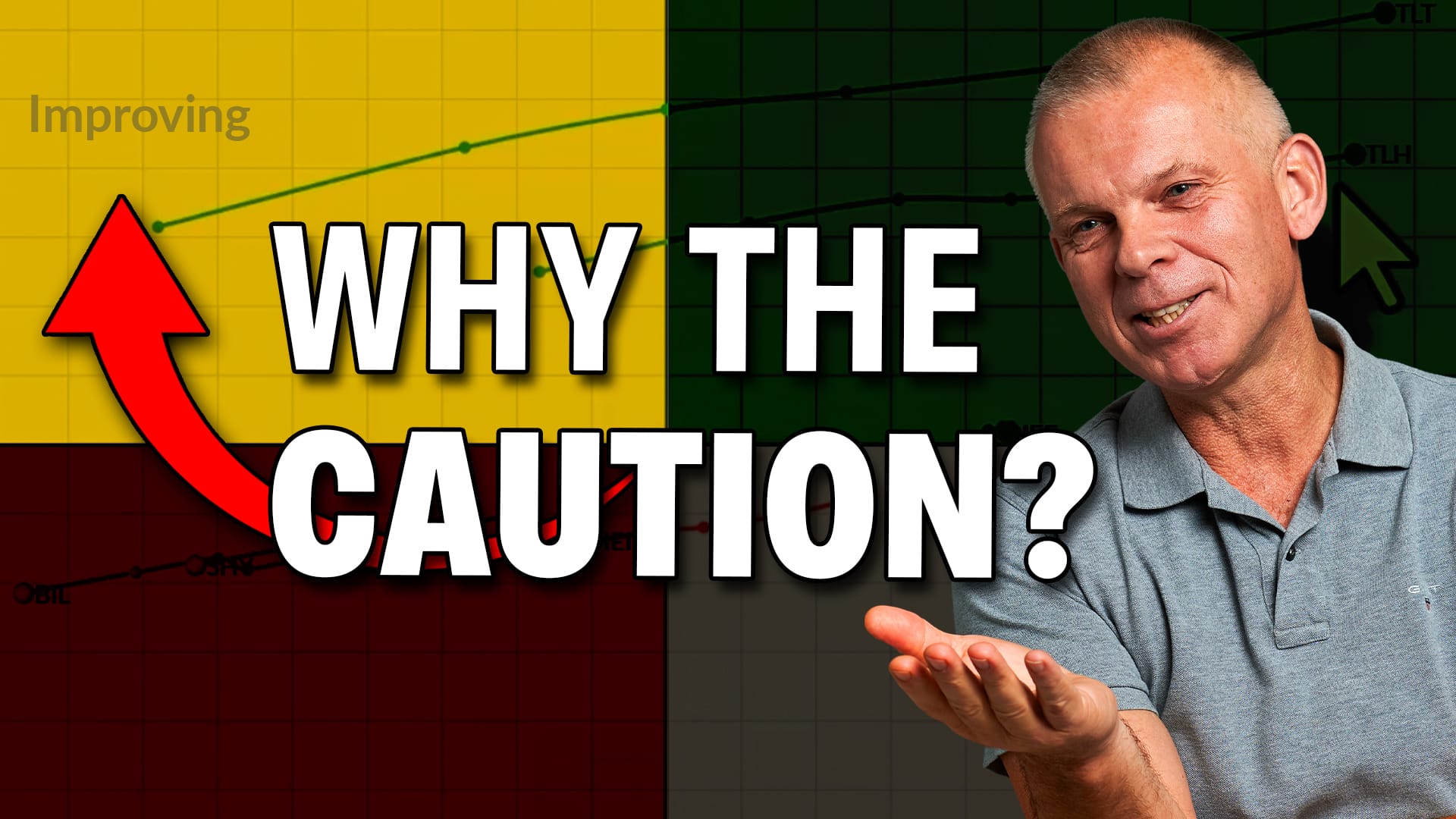SMALL-CAPS SHOW RELATIVE WEAKNESS -- BROKEN RESISTANCE TURNS FIRST SUPPORT FOR XLY -- TECH SPDR FORMS EXHAUSTION GAP -- BASE METALS ETF TURNS DOWN AFTER SHORT BOUNCE -- BASIC MATERIALS SPDR IS HIGHLY CORRELATED TO BASE METALS
SMALL AND MID-CAPS CONTINUE TO SHOW RELATIVE WEAKNESS... Link for todays video. With the August-September trading range, the peaks in late August and mid September established resistance levels for the major index ETFs. The S&P 500 ETF (SPY) edged above these highs with a close above 122 on Friday and Tuesday. The Nasdaq 100 ETF (QQQ) surged through its mid September high with a move above 58 on Tuesday. In contrast to these two, the Russell 2000 ETF (IWM) and the S&P MidCap 400 SPDR (MDY) have yet to challenge similar resistance levels and show relative weakness. Chart 1 shows the Russell 2000 ETF (IWM) trading around 4% below its mid September high. Also notice that the Price Relative remains in a downtrend overall. Stocks were hit with selling pressure on Wednesday and small-caps led the way lower. On the price chart, IWM broke above the falling wedge trendline and this breakout is holding. In addition, surge off the October low has yet to reverse. IWM established first support with Tuesdays low. This is the first support level to watch for signs of weakness. Chart 2 shows the S&P MidCap 400 SPDR with similar characteristics.

(click to view a live version of this chart)
Chart 1

(click to view a live version of this chart)
Chart 2
BROKEN RESISTANCE TURNS FIRST SUPPORT FOR XLY... The Consumer Discretionary SPDR (XLY) has been one of the best performing sector SPDRs since early August. It is, therefore, important to continued strength in the market and warrants a close watch. Chart 3 shows XLY breaking above its prior peaks with a surge above 38 last week. Trading turned quite choppy since, but the breakout is holding for the most part. While this breakout and higher peak are certainly positive, the ETF is still near a potential reversal point. Notice that the current surge retraced 61.80% of the prior decline. Even though the move was extraordinarily steep, the 61.80% retracement is one of those levels chartists should watch closely. The overall evidence remains bullish as long as the breakout holds. This is classic resistance turning into support in the 38 area. XLY established minor support with a reaction low at 37.50 on Tuesday. A close below this level would suggest that the resistance breakout failed and XLY could then be headed lower.

(click to view a live version of this chart)
Chart 3
TECH SPDR FORMS EXHAUSTION GAP AFTER SHARP SURGE... Chart 4 shows the Technology ETF (XLK) surging over 10% from low to high in October. As John Murphy noted on Tuesday, it too shows relative strength and is important to the overall health of the market. After a rising flag break, for which I am dining on crow pie, the ETF formed a bullish engulfing and surged back above 23.75 quite fast. This produced a bear trap that forced shorts to cover. The ensuing rally exceeded the mid September high, but has so far fallen short of the July high.

(click to view a live version of this chart)
Chart 4
There are three gaps labeled on this chart. The first is a continuation gap in late June. These gaps form in the direction of the trend and occur in the middle of a trend. They are not filled right away as the trend continues. The second gap is the breakaway gap in late July. These gaps form in the opposite direction of the trend and represent a trend reversal. Notice how QQQ was at its highest level of the month and then suddenly gapped down. Breakaway gaps are not filled. The third gap is an exhaustion gap. These form in the direction of the current trend, but they do not hold long and are filled with a quick move in the opposite direction. QQQ gapped above 25.75 on Friday and filled this gap with a sharp decline on Monday. As with XLY, the ETF established short-term support at 25.25 with a bounce on Tuesday and a close below this level would reverse the short-term uptrend.
BASE METALS ETF TURNS DOWN AFTER SHORT BOUNCE... While all eyes seem to be on European debt issues and the Euro, chartists should keep in mind that it really boils down to the economy and based metals are a key indicator. The reasoning is simple. Prices for base metals rise when the economy and demand are strong. Prices decline when the economy and demand are weak. Chart 5 shows the Base Metals ETF (DBB) breaking down in early August and falling off a cliff in September. Despite this sharp decline, the October bounce was rather feeble. DBB surged for around five days and then hit resistance at 20. Prices peaked last week and moved sharply lower the last three days. Chart 6 shows Spot Copper ($COPPER) moving sharply lower the last three days. While SPY reached its late August high, copper did not come close and shows relative weakness.

(click to view a live version of this chart)
Chart 5

(click to view a live version of this chart)
Chart 6
BASIC MATERIALS SPDR IS HIGHLY CORRELATED TO BASE METALS... Weakness in the Base Metals ETF could foreshadow a turn in the Basic Materials SPDR (XLB). Chart 7 shows XLB with a big support break in early August, a triangle into September and a triangle breakdown in mid September. As with the rest of the market, there was a big reversal on October 4th and the ETF returned all the way to the triangle. The yellow area highlights the triangle center, which is one big congestion zone. This area marks resistance and the ETF stall the last few days to affirm resistance here. Also note that XLB was short-term overbought after the surge from 28 to 33.50.

(click to view a live version of this chart)
Chart 7
The first indicator window shows the Basic Materials SPDR (black) with the Base Metals ETF (red). These two track each other pretty well. Even though XLB surged in October, the bounce in the Base Metals ETF fell relatively short and the ETF is already poised to test its late September low. The second indicator window shows the Correlation Coefficient for XLB and DBB. There were a few brief dips into negative territory, but correlation on the whole is positive, very positive. This means weakness in one should lead to weakness in the other.
SHANGHAI COMPOSITE UNDERPERFORMS S&P 500... Weakness in base metals may also be tied to weakness in the Shanghai Composite ($SSEC). China is the second largest economy in the world and its main stock index is trading near a 52-week low. After a holiday period in early October, the index dipped below 2350 last week to forge a new low. There is clearly no uptrend here. The indicator window shows the Shanghai Composite relative to the S&P 500. This indicator has been trending down since November 2010 and hit a new low this month. Relative weakness in Chinese stocks is also a negative for the global economy.









